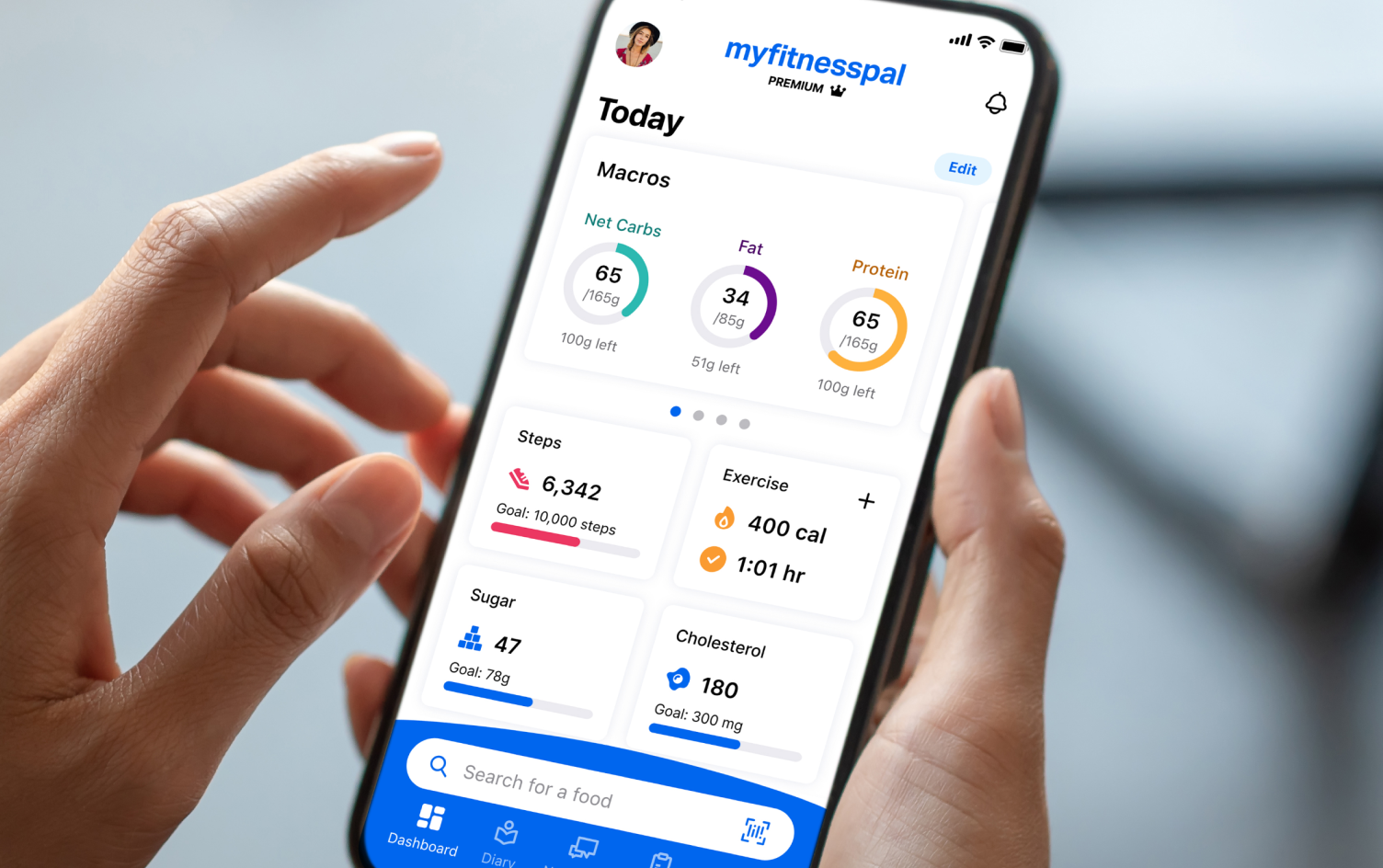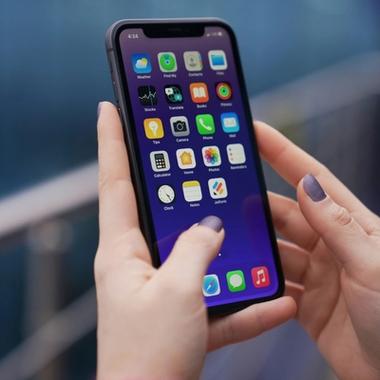Health and well-being have always been at the heart of human priorities. But in 2025, we’re seeing a revolution taken over by the fast-paced evolution of technology. Apps, wearables, and telemedicine are transforming lives and reshaping how healthcare operates across the globe. Whether it’s individuals seeking better fitness routines or organisations aiming for healthier workforces, technology is proving to be the game-changer.
In this blog, we’ll unpack the role of these innovations, diving into the latest studies and sharing insights that highlight just how impactful these advancements are - and why businesses in the health and wellbeing sector need to take note.





